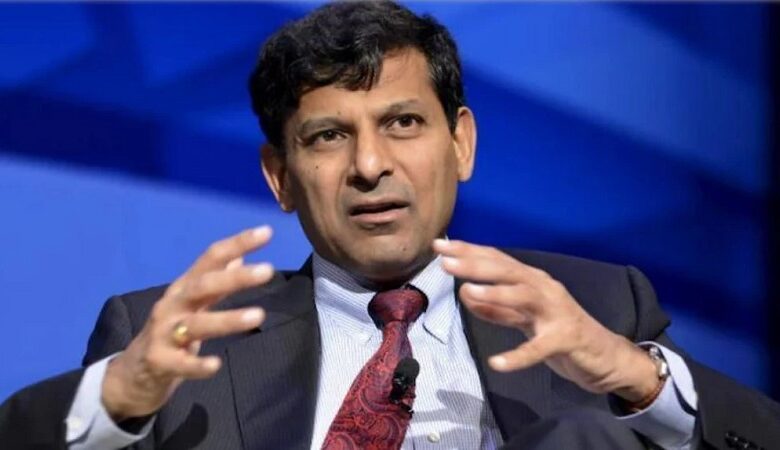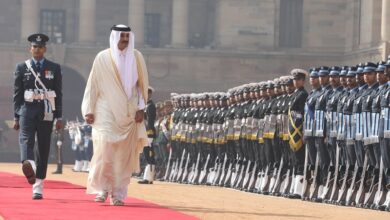Debating Democracy: Raghuram Rajan Discusses the BJP Rule

Former Chief Economic Advisor Krishnamurthy Subramanian and renowned economist RaghuramRajan engaged in a spirited discussion on the state of democracy in India, offering contrasting viewpoints on the trajectory of governance under Prime Minister Narendra Modi’s leadership. Their exchange, held at Northwestern’s Kellogg Business School, provided a platform to dissect the dynamics of democracy and its intersection with economic development in India.
Subramanian, citing empirical data, challenged the assertion of democratic decline under the Modi administration by highlighting the absence of state government dismissals over the past decade. Drawing a sharp contrast with the tenure of former Prime Minister Manmohan Singh, who dismissed 11 state governments during his term from 2004 to 2014, Subramanian questioned the prevailing narrative of democratic regression. He emphasized the exponential growth of startups under Modi’s leadership, underscoring their role as a barometer of economic vibrancy.
In Subramanian’s view, the proliferation of startups, coupled with India’s improved ranking in the global innovation index, served as tangible evidence of a thriving entrepreneurial ecosystem fostered under the current regime. He challenged the conventional wisdom linking democracy with innovation, arguing that the measurement of democracy lacked nuance and relied on subjective assessments. Subramanian’s data-driven approach sought to debunk the notion of democratic erosion, framing India’s economic progress as indicative of a robust democratic foundation.
However, Rajan offered a dissenting perspective, contending that the indicators of democratic decline extended beyond government dismissals. He pointed to external indices reflecting a deterioration in democratic norms, cautioning against dismissing such concerns based solely on domestic data. Rajan underscored the government’s intolerance of dissent and tendency to suppress criticism, citing examples of political coercion and curtailment of civil liberties.
Referring to religious freedom debates and survey data, Subramanian attempted to rebut Rajan’s argument by highlighting the perceived autonomy enjoyed by minorities in practicing their faith. However, Rajan countered by reiterating the broader implications of democratic regression, emphasizing the erosion of institutional checks and balances under the current administration. He referenced historical patterns of state government dismissals by successive regimes, arguing that the absence of such actions under Modi’s tenure did not absolve concerns regarding democratic backsliding.
The debate reached a crescendo as Subramanian and Rajan exchanged contrasting narratives on India’s democratic trajectory. Subramanian reiterated his stance on the empirical indicators of economic growth and innovation, framing them as testament to the resilience of India’s democratic institutions. Conversely, Rajan remained steadfast in his critique of the government’s approach to dissent and its impact on democratic norms.
In conclusion, the exchange between Subramanian and Rajan encapsulates the nuanced discourse surrounding democracy and governance in India. While Subramanian emphasizes economic prosperity as a barometer of democratic health, Rajan raises concerns about the erosion of democratic norms and institutional autonomy. Their dialogue underscores the complexity of India’s political landscape, highlighting the need for rigorous analysis and constructive engagement to safeguard democratic values in an evolving socio-political context.






